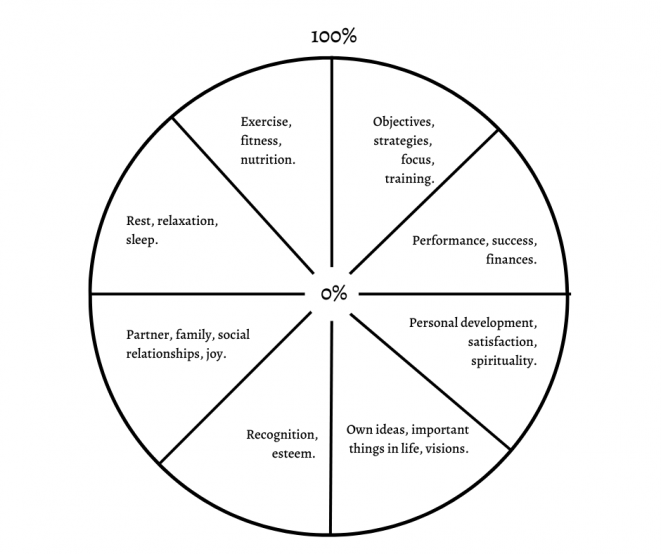Erasmus+ – Gateway – Burnout prevention
http://atjarok.hu
ÁTJÁRÓK (ARCADE)
2022-1-HU01-KA210-ADU-000083157
Burnout prevention
Publication for blended training for professionals working with addiction
As a first step, the publication aims to clarify: what is burnout? what is stress? Often the two concepts are confused.
It lists a number of definitions of burnout, but is not exhaustive:
“Physical, emotional and mental exhaustion due to prolonged, emotionally demanding situations. This definition interprets the time factor quite broadly, and also that stressful situations in any area of our lives can trigger burnout, it is not work-related.” (Ayala Pines and Elliott Aronson, cited by Füredi, 2021). The WHO has defined burnout as a syndrome caused by chronic stress at work that is not properly handled.
A table has been drawn up to distinguish between the two concepts on the basis of their most characteristic features. In order to isolate and recognise them, it is essential to discuss the symptoms. A stressed person is characterised by anxiety, restlessness, these feelings lead to hyperactivity, compulsive problem-solving, and then this frustrated, tense inner state leads to emotional outbursts and explosiveness. Nervousness, overthinking problems in one’s free time, i.e. at night, does not end, hinders rest and causes insomnia. At the onset of burnout syndrome, the heightened emotions subside and turn into disinterest, apathy, and the previous willingness to act is replaced by complete lack of motivation and disillusionment. The person is physically and mentally exhausted, his or her consciousness is reduced, similar to depression, and sleep disturbances occur, but unlike stress, the feeling of fatigue persists even after adequate rest.
„Everything that affects us causes stress. Whether the event is scary and distressing or happy and joyful. Our system will come up with exactly the same response when we are proposed as when we have to stand up in front of our colleagues to give a report. Burnout is caused by the body being put in a constant state of readiness, stress, with no or insufficient recovery periods. Our reserves are depleted. On top of all that, there is a sense of self-reproach: well, I can’t even get myself together. And while we keep telling this to ourselves, while we’re winding ourself up, stress hormones kick in again.” (Füredi 2021., 32-33.o)
To sum up: burnout syndrome develops from chronic, persistent stress.
The publication goes on to look at the causes and stages of burnout. The paper concludes with prevention and treatment options.
The material is supplemented by several tests, exercises and exercises. One is presented as an example:
Personal Wheel of Life – task
Outer wheel means 100%, and the less complete each area is, the smaller the “slice of the pie” will be. Colour the wheel as you feel yourself now. How full are each area now for you? Be honest with yourself!


